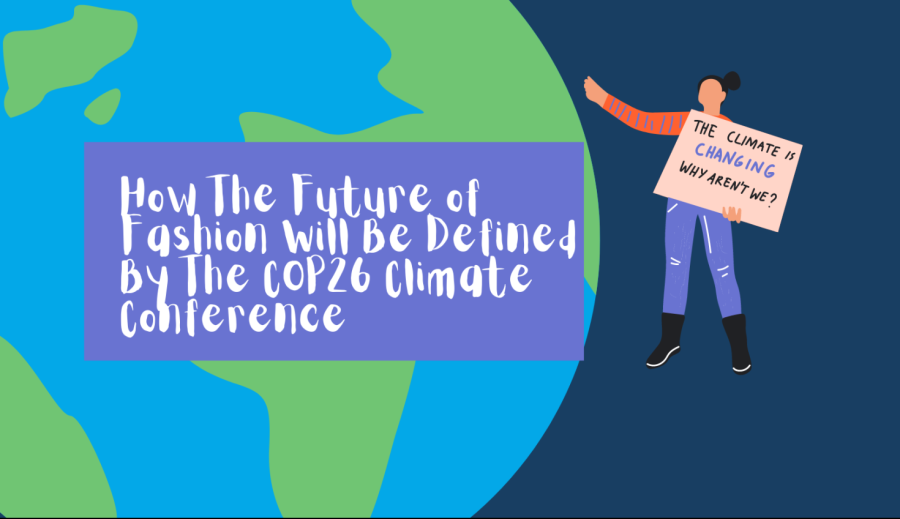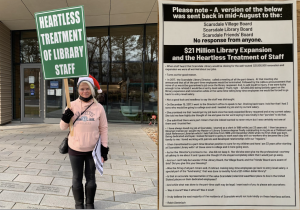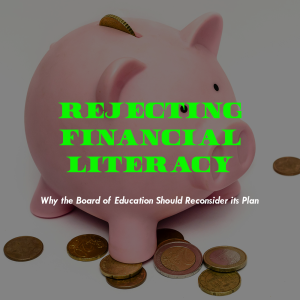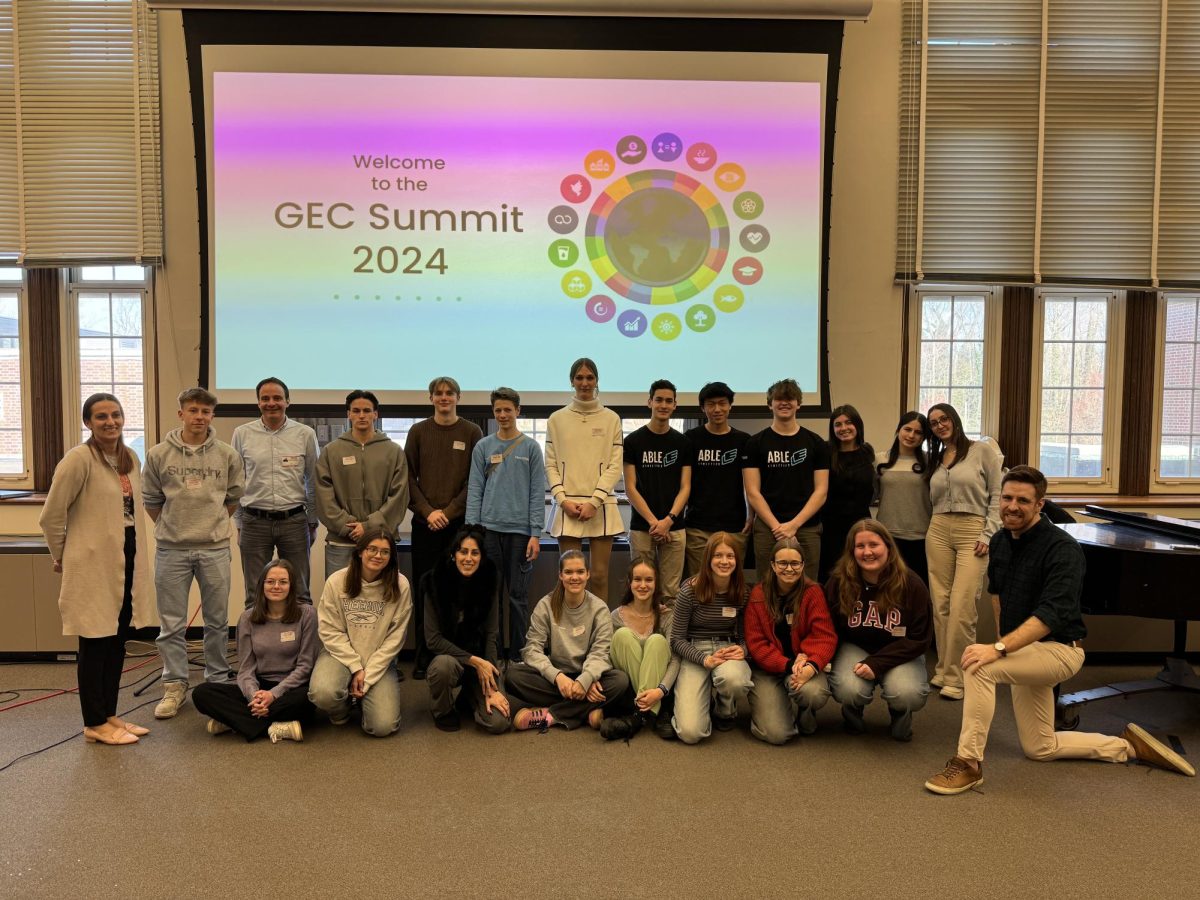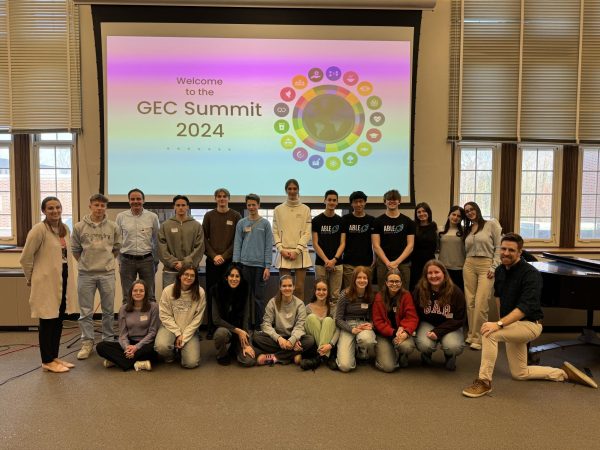How The Future of Fashion Will Be Defined By The COP26 Climate Conference
The topic of climate change has drastically affected the future of the fashion industry—the only question is how?
November 3, 2021
The fashion industry has finally begun to reopen this year, with both in person and virtual shows being held during fashion weeks across London, Hong Kong, New York, and Paris. Big brands such as Chanel, Hermes, and Louis Vuitton took this year as their opportunity to get back to reality. Paris fashion week, which was held at the beginning of October, went smoothly all the way until the final major show of the week, hosted by Louis Vuitton. This final catwalk made front page headlines, but not for the outstanding production or innovative design you might expect. What people were actually shocked about were the words “OVERCONSUMPTION = EXTINCTION” were paraded down the runway. Not by a model, but by a protestor who had crashed the show.
Marie Cohuet is a climate activist working with French organizations Youth for Climate, Extinction Rebellion, and Friends of the Earth to denounce the fashion industry’s impact on the climate crisis the world is facing today. She, along with four other protestors, managed to sneak into the building of the LVMH show, at the same time that thirty other activists staged a protest outside. After the fact, Cohuet made a statement saying they chose this show because Louis Vuitton makes the most “declarations about being the most advanced in the sector in terms of limiting their impacts, but we see that in reality it is not true.”
On October 31st, the 2021 UN Climate Change Conference “COP26” began in Glasgow, Scotland, which will run until November 12th. Returning after the pandemic has brought devastation to millions around the world, the aim of this conference is to bring focus back to decreasing climate change as a global community. In the foreword of the conference, COP President Alok Sharma said “the science dictates that by the second half of the century, we should be producing less carbon than we take out of the atmosphere. This is what reaching ‘net zero’ means.” Relative to this goal, we currently know that the apparel industry is the second largest polluting industry in the world, and accounts for around 10% of global carbon emissions.
Leaders in the sustainable fashion movement are showing up to the conference, vying to make a tangible difference by communicating with world leaders about the issue at hand. A recent UN report found that efforts to cut emissions fell well short of the ambitions set out in the Paris Agreement in 2015. This year’s summit is anticipated to be the conference that defines our chances to reverse drastic climate change. Luxury brands have been heavily criticized for damaging biodiversity, destroying unsold stock for marketing strategy, and most of all generating huge amounts of waste from manufacturing. During the conference, major brand leaders are expected to announce plans which will hopefully contribute to making major policy decisions surrounding sustainability in the fashion industry.
As climate problems become a more prominent concern, now more than ever is the time for a stand for change in the fashion world. Marie Cohuet said in a tweet that they “marched to demand that fashion realizes the world is on fire.” This conference will hopefully be a huge forerunner in creating the change that she and the other activists at that show hoped to put across with their protest.

